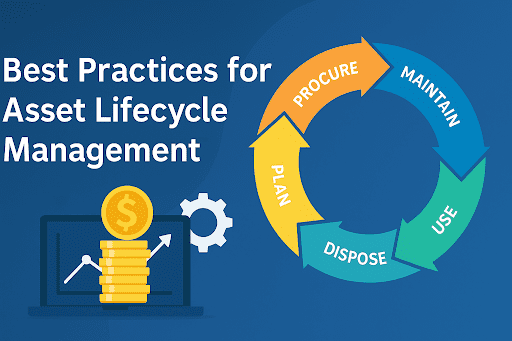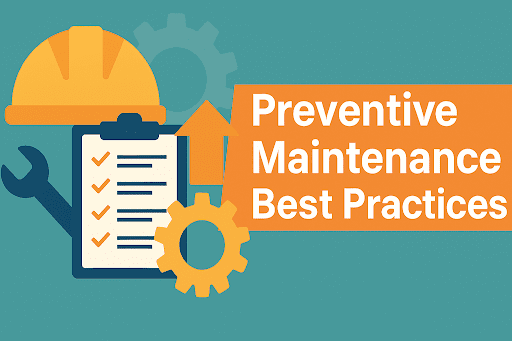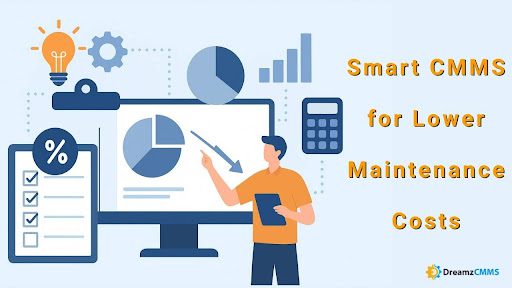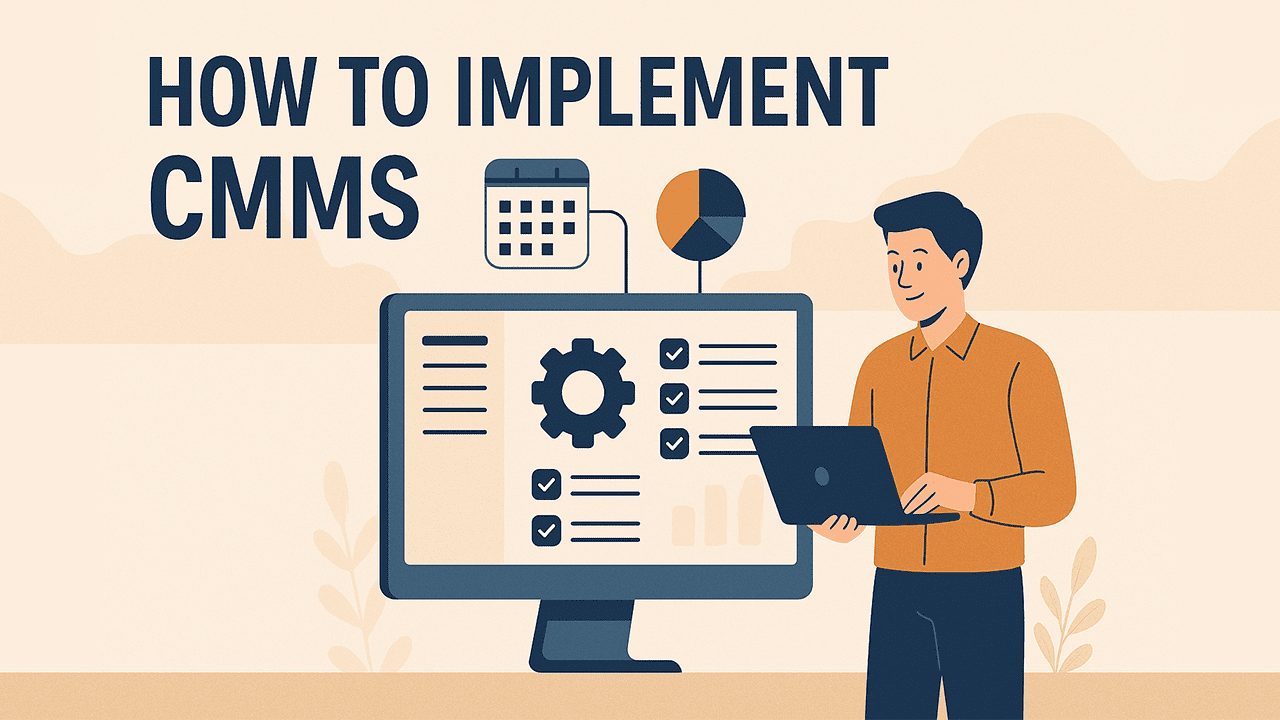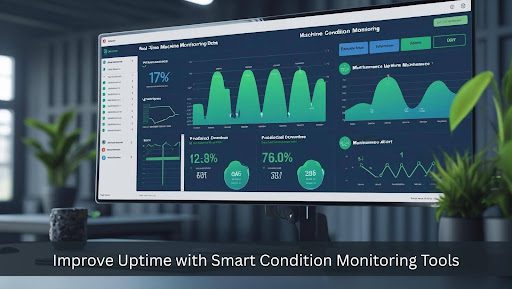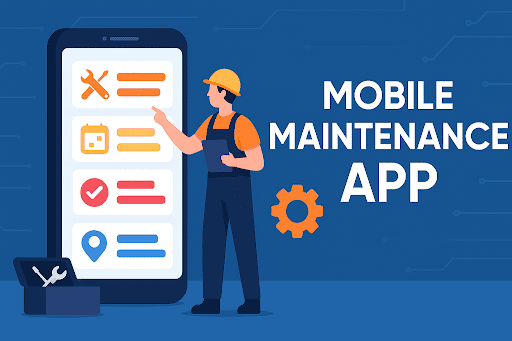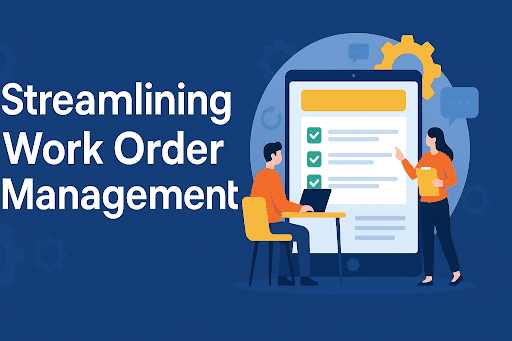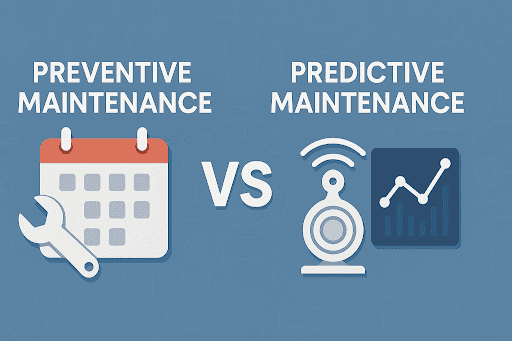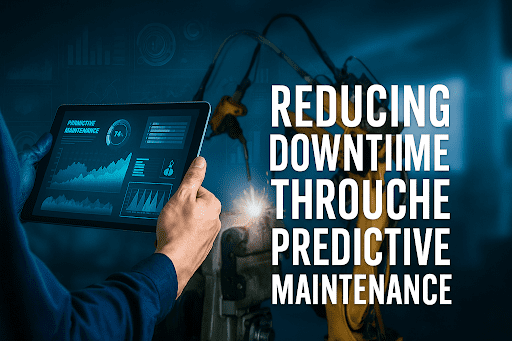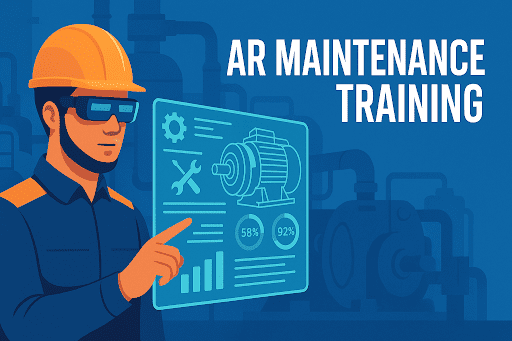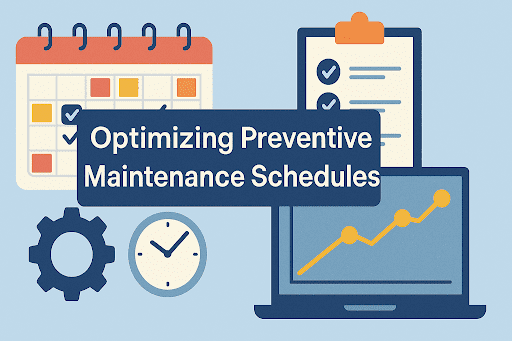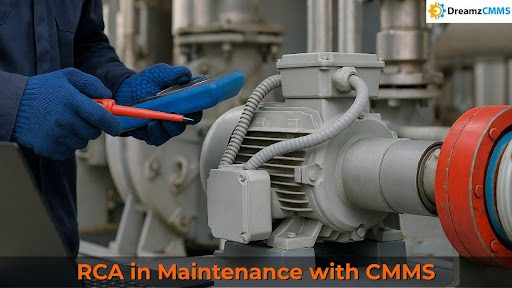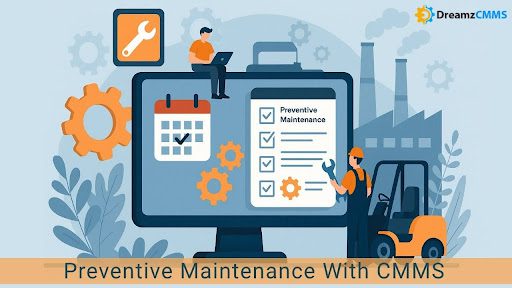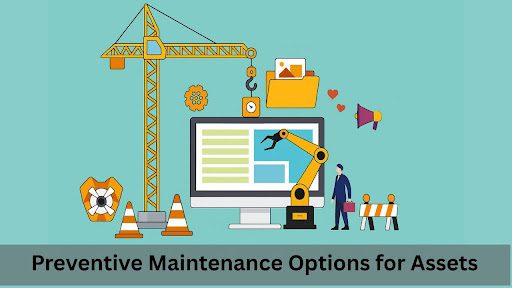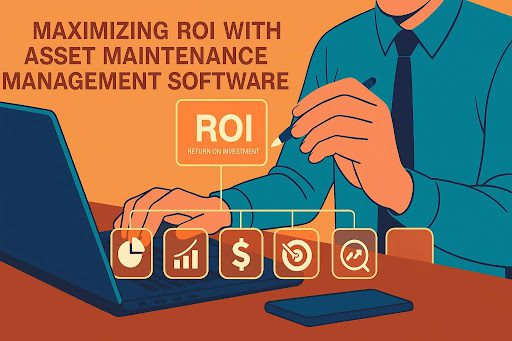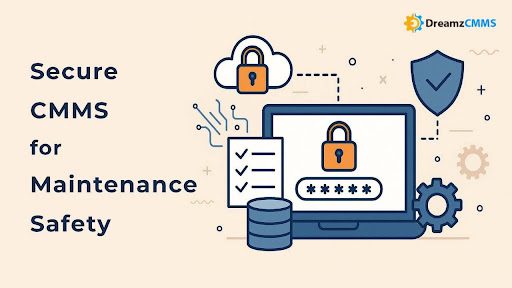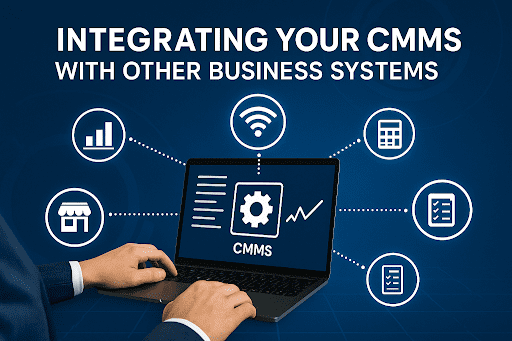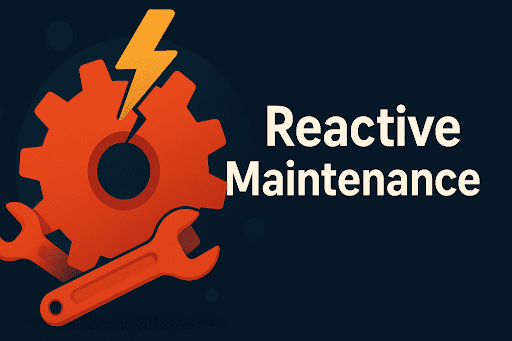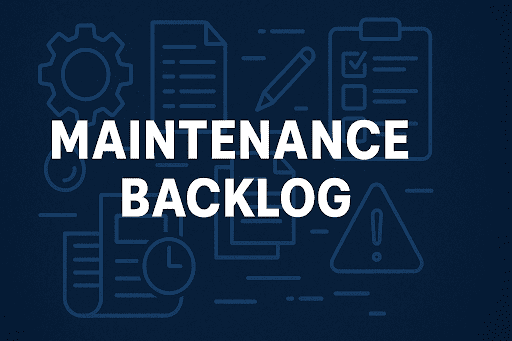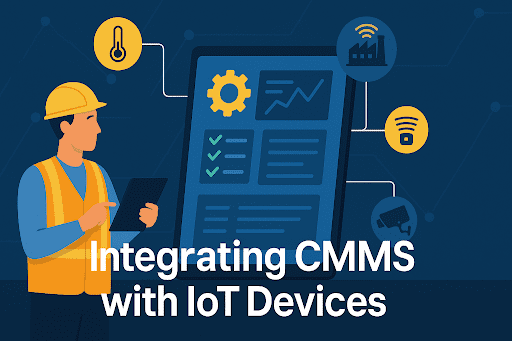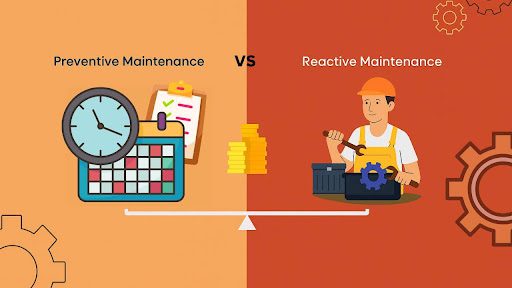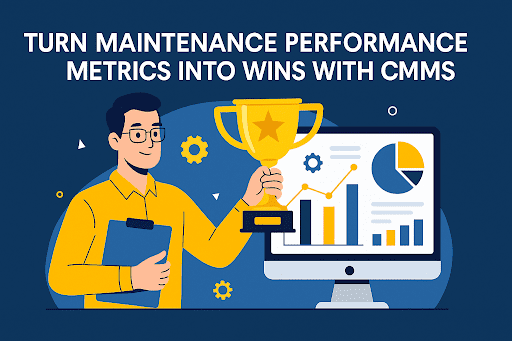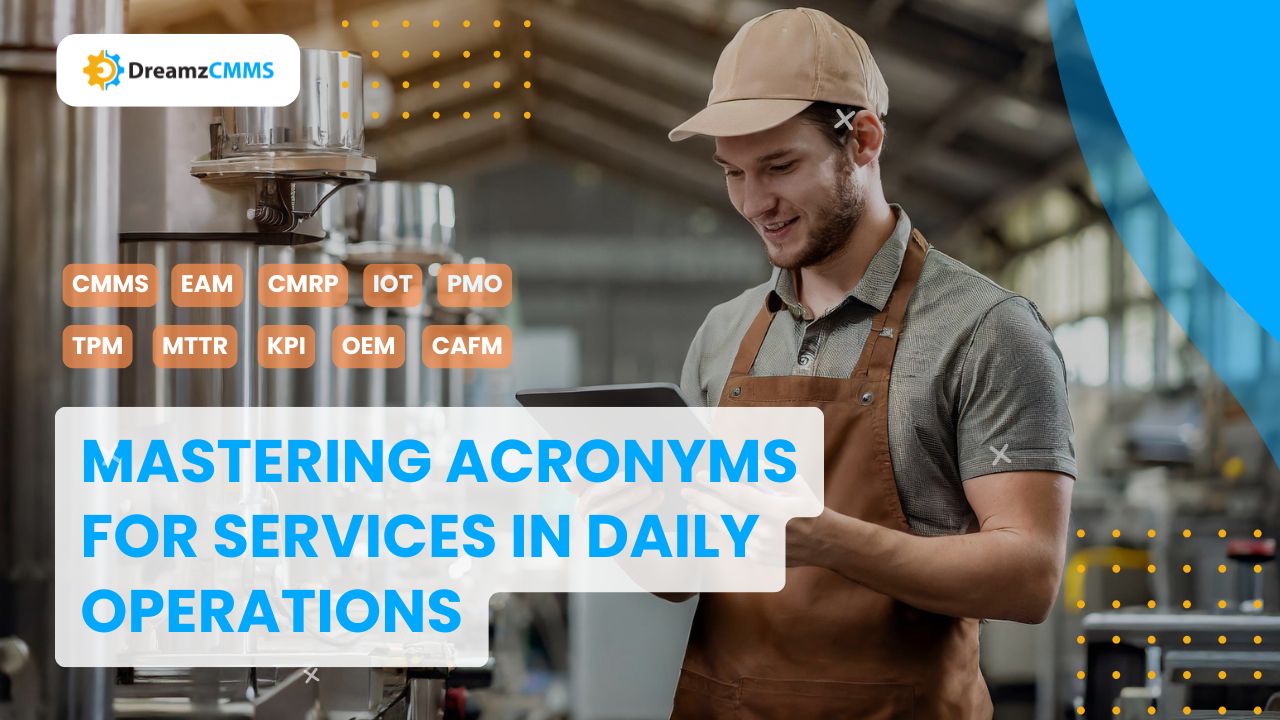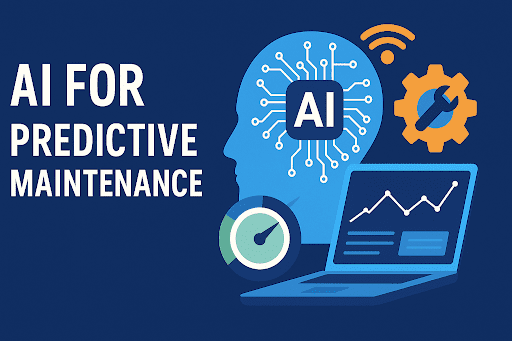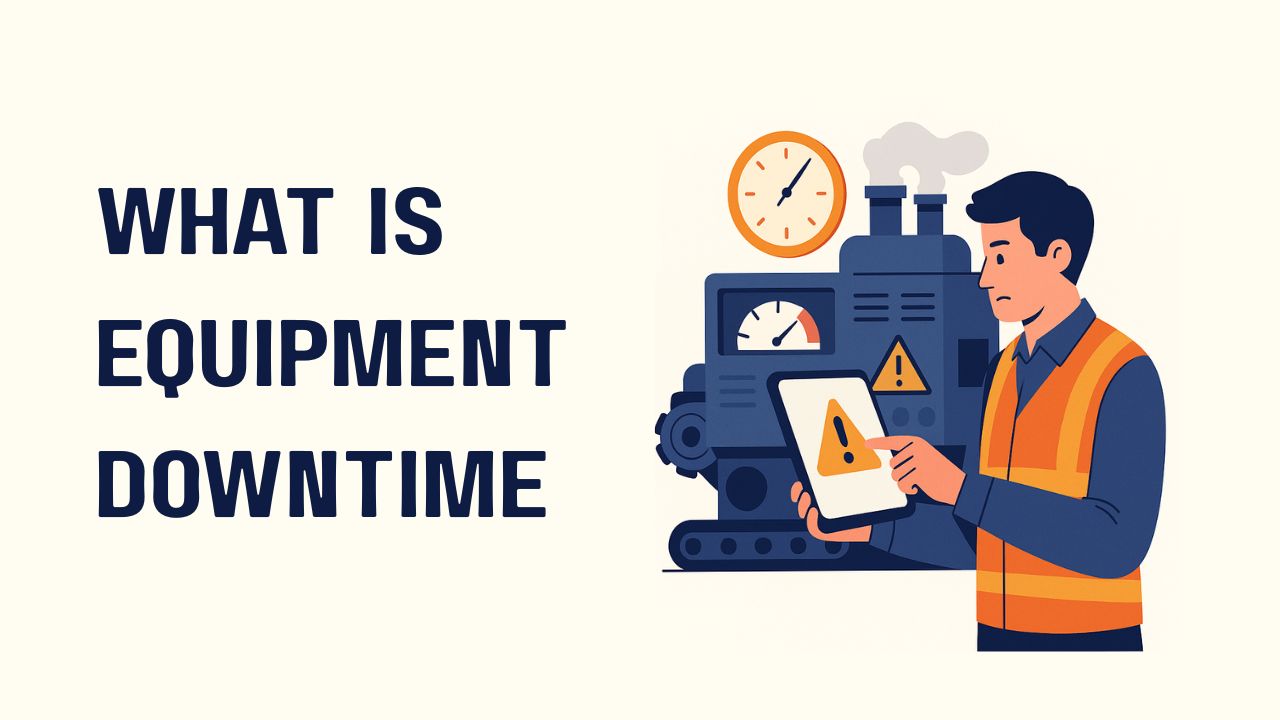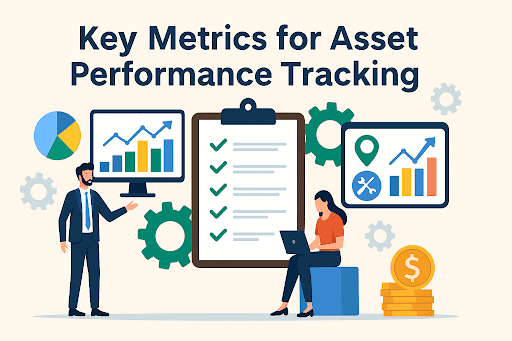 BACK TO Blog
BACK TO Blog
Asset Rental Management
Asset Maintenance
The Meaning of a Maintenance KPI and Its Significance Imagine a busy manufacturing floor where everything is going as planned, production lines are operating smoothly, and machines are humming. Then a vital piece of equipment suddenly breaks down. Chaos ensues as everyone tries to find a solution, missing deadlines and
- April 23, 2025
- DreamzCMMS Team
- 8 minutes read
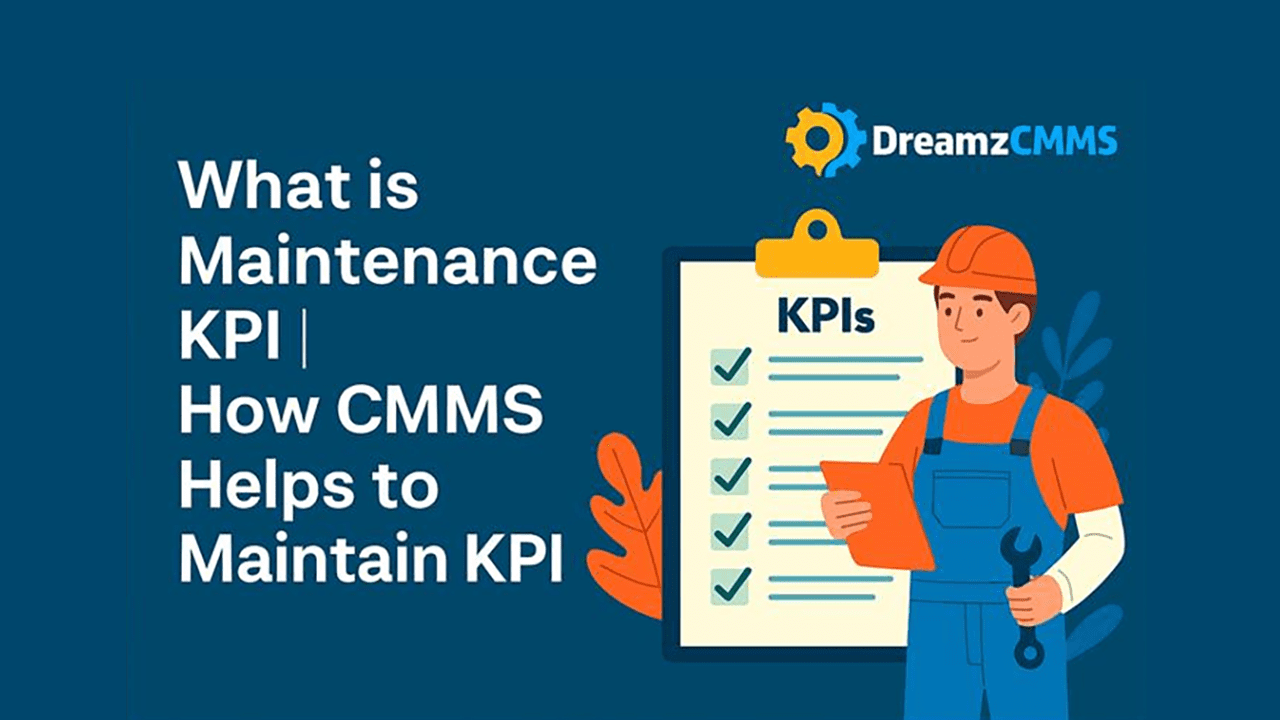
- April 23, 2025
- DreamzCMMS Team
- 8 minutes read
The Meaning of a Maintenance KPI and Its Significance
Imagine a busy manufacturing floor where everything is going as planned, production lines are operating smoothly, and machines are humming. Then a vital piece of equipment suddenly breaks down. Chaos ensues as everyone tries to find a solution, missing deadlines and driving up costs. This is exactly what strong maintenance schedules are meant to prevent, and maintenance KPIs are a helpful tool in this respect.
Using a maintenance KPI (Key Performance Indicator) is a simple way to assess the performance of your maintenance team. Think of it as a scorecard. These KPIs help you keep an eye on performance, spot problems early, cut down on downtime, and make better decisions.
Properly using KPIs in maintenance management goes beyond minor fixes and aligns efforts with clear KPI for maintenance goals. It becomes a useful instrument for preserving your business operations' economy, security, and effectiveness.
Another benefit of tracking maintenance KPI metrics is maintaining a data-driven culture within your company. If you set measurable goals for your maintenance team, every member will comprehend their role and contribution to the overall success of the operation. With the help of precise, actionable KPIs, everyone from upper management to field technicians can collaborate.
Examples of Common Maintenance KPIs
Some of the most crucial maintenance KPI examples used by businesses to gauge the success of maintenance processes are as follows:
1. MTBF (Mean Time Between Failures)
This indicates how long a machine will function before malfunctioning. A greater number indicates the dependability of your equipment.
2. MTTR (Mean Time to Repair)
This monitors the speed at which a malfunctioning machine is fixed. The lower the figure, the better.
3. Planned Maintenance Percentage (PMP)
The percentage of your maintenance work that is scheduled in advance. Fewer surprises result from a high percentage.
4. The degree of maintenance compliance
Confirms that duties are completed on time. It's a wonderful approach to monitor whether your group is on time.
5. Maintenance Cost per Output Unit
Gives you an idea of the maintenance expenses in relation to your output.
6. Work Order Completion Rate
This tracks how many work orders are completed on time. It indicates how productive the team is.
7. Downtime Due to Maintenance
Decides how much time is lost to maintenance during production.
8. Maintenance Backlog
The number of maintenance tasks that are past due or pending. Your team may be overburdened or under-resourced if the backlog keeps growing.
Monitoring these maintenance key performance indicators (KPI) regularly helps identify patterns and potential risks before they affect production. They also provide a reliable foundation for continuous improvement. These insights are central to building your strategy around maintenance key performance indicators KPI for long-term success.
Looking to better manage your maintenance performance and stay ahead of equipment breakdowns?Explore how DreamzCMMS can help you streamline asset maintenance management, track KPIs in real time, reduce downtime, and boost overall productivity. Learn more about DreamzCMMS features or schedule a free consultation |
KPIs by Role in Maintenance
Monitoring performance at a more technical level often involves specific metrics tailored to each engineering function. For example, a KPI for maintenance engineer might include asset reliability, energy efficiency, and root cause analysis success rate.
Team members at different levels of the organization focus on different KPIs based on their roles:
- Maintenance Planners: A well-defined KPI for maintenance planners will evaluate their performance through two main metrics, which include unfinished work quantity and maintenance schedule effectiveness.
- KPI for Maintenance Technician: The evaluation of technicians depends on their speed and efficiency when solving problems.
- Engineers: They focus on detailed information, which includes failure patterns and machine longevity data.
Each role within the organization contributes to achieving the overall KPI for maintenance department. The assignment of particular KPIs helps maintain team alignment and focus. The system promotes team members to take ownership of performance metrics, which leads to higher employee morale and increased operational efficiency.
Monitoring Maintenance KPIs Can Be Difficult
KPIs are useful, but tracking them can be challenging:
- There could be inaccurate or missing data.
- Teams might not adhere to a set procedure.
- Getting a full picture in real time is challenging.
- KPI tracking by hand requires time and effort.
These difficulties result in poor choices, time wastage, and increased expenses. Many companies are using tools like a CMMS because of this.
How CMMS Aids in KPI Maintenance and Improvement
A Computerized Maintenance Management System (CMMS) functions as a digital tool that enables users to track maintenance tasks and KPIs easily. This is how it is beneficial to maintain and improve the maintenance KPI dashboard:
1. Automatic Gathering of Data
Without requiring manual input, it keeps track of every maintenance task, including what was done, by whom, and how long it took.
2. Live Monitoring of Equipment
It links to sensors on your devices to monitor vibration, temperature, and usage patterns.
3. Dashboard KPIs
With simple-to-read charts and graphs, you can view your maintenance performance in real time.
4. Intelligent Scheduling
To avoid taking machines offline during production, it schedules maintenance for off-peak times.
5. Predictive and Preventive Instruments
It allows you to use schedules and sensor data to fix things before they break rather than waiting for them to. This directly improves preventive maintenance KPI scores.
6. Inventory Control and Parts
Keeps track of the parts you own, the ones you need to order again, and how frequently you use them.
7. Findings and Patterns
To compare historical performance and identify trends that require attention, it generates reports.
CMMS also enhances communication among teams and reduces the administrative burden of reporting. All relevant data is stored in a centralized system, providing consistency and clarity.
Best Practices for Maintenance KPI Strategy
Incorporating maintenance planning KPI strategy into regular reviews and team objectives can help streamline operations and reduce guesswork in resource allocation.
To use a CMMS to maximize your KPIs:
- Establish measurable objectives that complement your company's requirements.
- Prioritize the most crucial KPI maintenance metrics (such as PMP, backlog, and MTTR).
- Make sure your data is consistent and clean.
- To initiate maintenance automatically, use your CMMS.
- Educate your team on the importance of KPIs.
- Compare the results of various teams or eras.
Additionally, involve leadership in KPI reviews and updates. Continuous review cycles help fine-tune processes and ensure performance remains aligned with evolving business goals. Celebrating wins when KPIs improve is another great way to motivate the team.
Ways to Increase Productivity and Cut Down on Downtime
Every business wants to reduce downtime. CMMSs can assist by:
- Demonstrating the causes of equipment failures so you can address the underlying problem
- Notifying you when equipment exhibits indications of malfunction
- Ensuring timely maintenance
- Using skills to determine which technician is best for the job
- Making manuals and previous repair records available to employees
- Allowing groups to collaborate on mobile devices to ensure real-time updates
CMMS-powered maintenance management enables teams to plan smarter, respond faster, and maintain consistency across maintenance activities. With the ability to forecast issues and optimize labor and parts usage, CMMS becomes a vital asset in boosting productivity.
Important Lessons
- Maintenance KPIs are necessary to increase machine dependability and team performance
- Pay attention to clear-cut maintenance KPI metrics like backlog, MTTR, and MTBF
- Data collection and tracking are automated by a CMMS
- Dashboards allow you to see your progress clearly
- Assigning KPIs to teams increases accountability
- Costly downtime is decreased through intelligent scheduling and parts management
By learning from these lessons and refining your approach over time, you can create a high-performing, low-downtime maintenance culture.
Conclusions
KPI for maintenance should be central to your strategy for reducing breakdowns, improving service response, and aligning with broader operational goals.
Fixing problems is only one aspect of good maintenance. It involves making wise decisions, planning, and keeping everything operating smoothly. KPI for maintenance process helps you determine what is and isn’t working. Additionally, using a CMMS to handle everything reduces stress and produces better results.
Whether you're new to tracking KPIs or want to improve your effective maintenance KPI system, DreamzCMMS and similar tools can help make the process more efficient and straightforward.
Why Use DreamzCMMS for Maintenance KPI Management?
A clever, easy-to-use tool called DreamzCMMS assists companies in monitoring and enhancing their maintenance performance. It provides the following:
- Easy-to-use dashboards that highlight what's working and what needs improvement
- Automatic data logging and work order management
- Real-time tracking of KPIs like MTTR, MTBF, PMP, and backlog
- Better scheduling that increases productivity and decreases downtime
- Inventory control that guarantees parts are available when you need them
- Predictive tools to identify issues before they become malfunctions
Ready for More?
Talk to one of our CMMS experts and see how DreamzCMMS can simplify your maintenance operations.
Book a free consultation